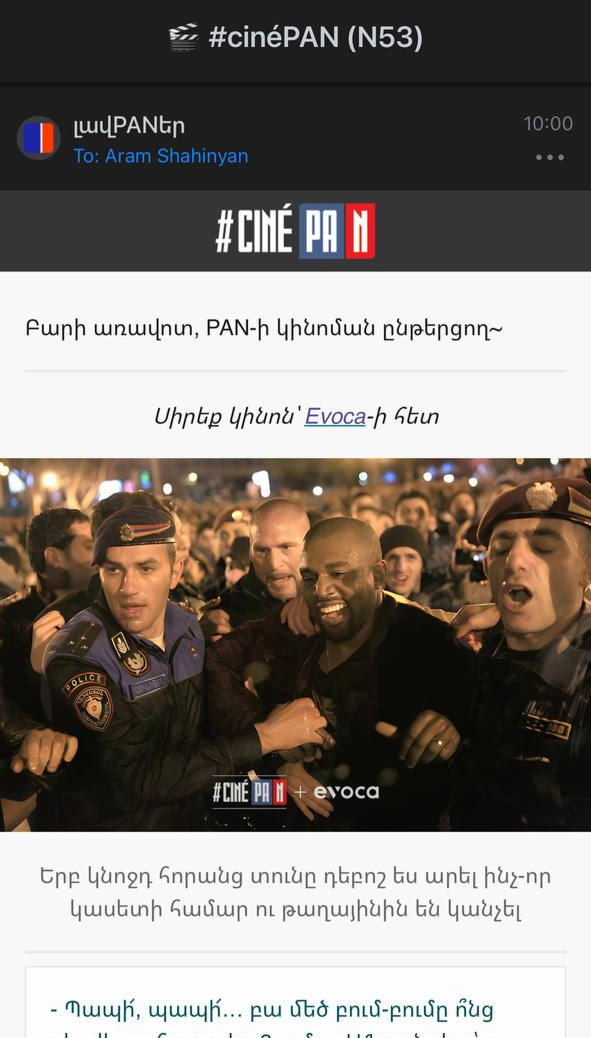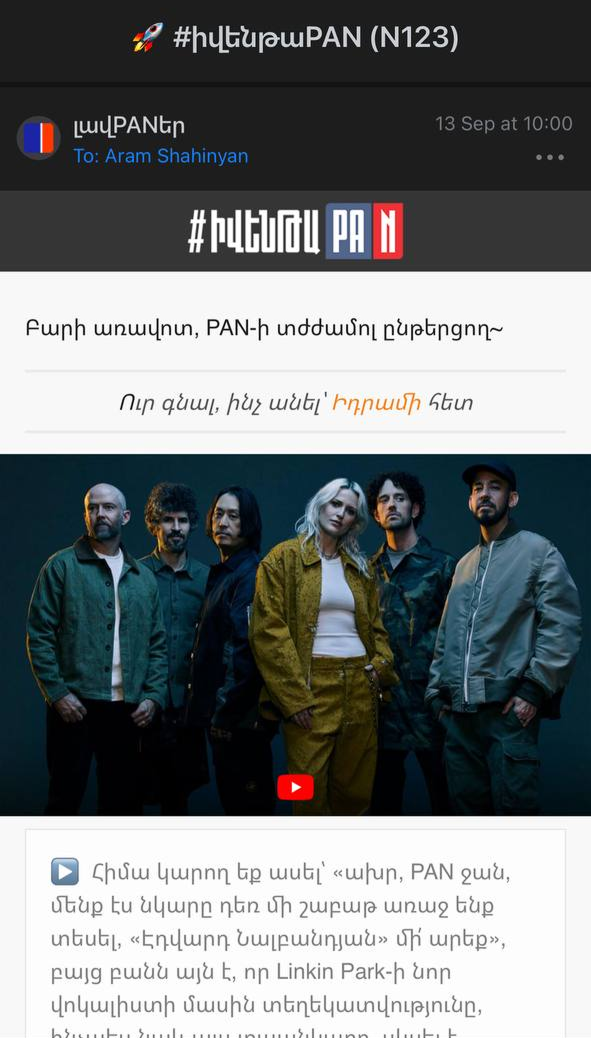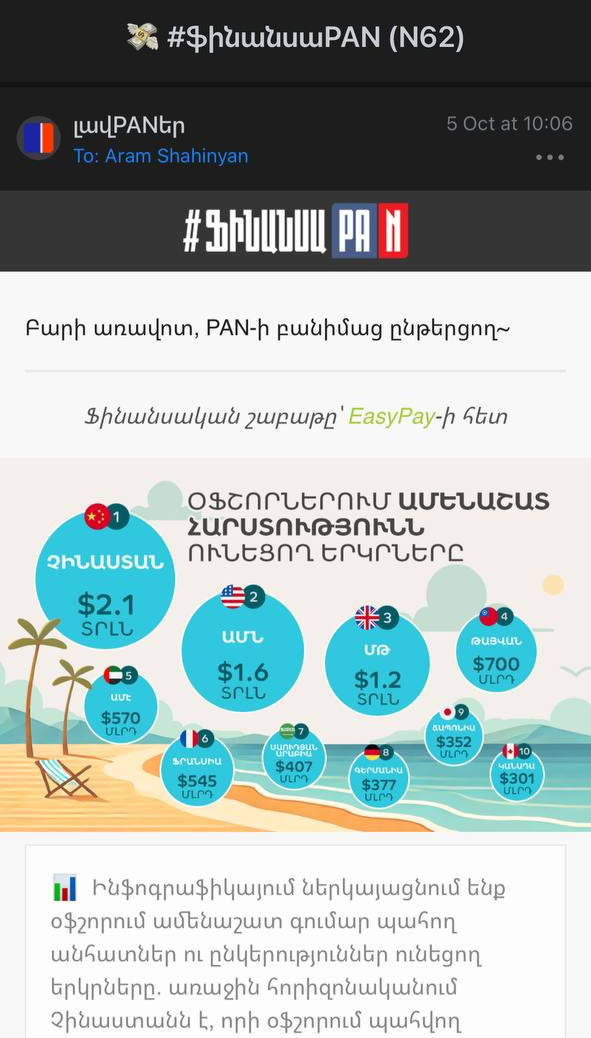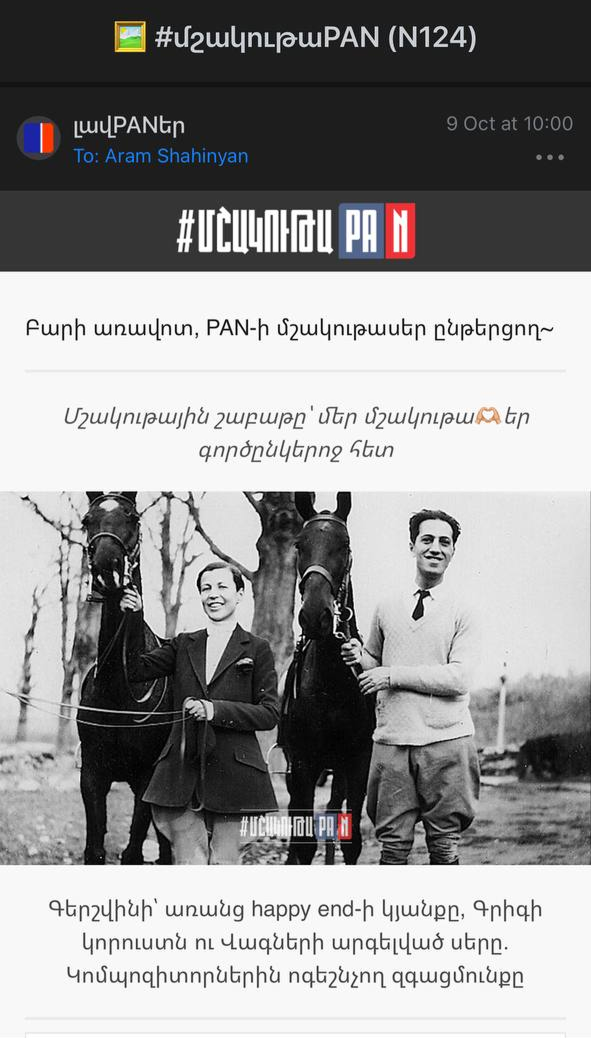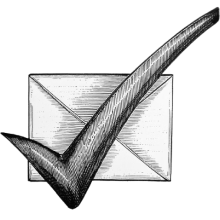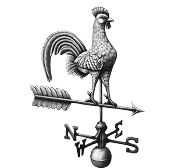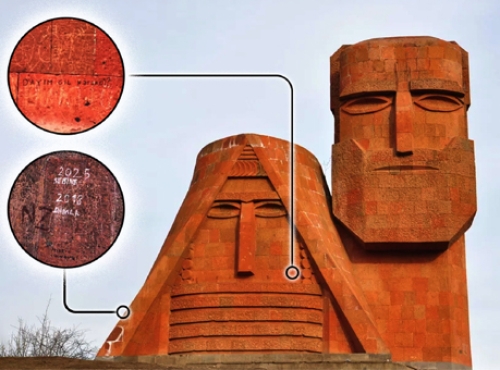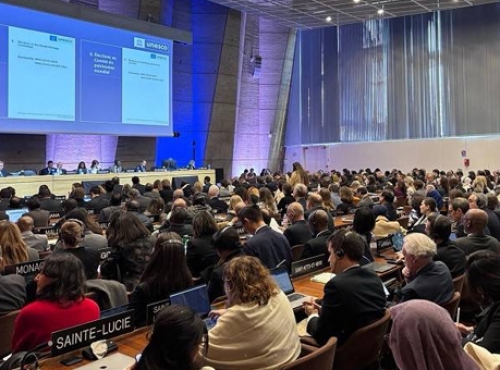The third international conference on “Armenian National Epic and World Epic Heritage ” has brought together scholars from Armenia, Abkhazia, United States and Germany. Discussion is devoted to various aspects of Armenian epic.
Participants will introduce reports on the following themes: “Results and prospects of studying Armenian epic” (Samvel Harutyunyan), “Comparison of Armenian and Caucasian epics” (Armen Petrosyan), “Records of XVI century Portuguese travelers on the narrative retelling of ‘Daredevils of Sasun’ ” (Peter Kaui), “Combat between David and Mher in the context of Indo-European heroic poetry” (Karl Richell), “Abkhazia’s Abskir and Armenia’s Mher” (Zurab Japua) etc.
“19th century Russian and French scholars dwelled on the common features of Armenian and Caucasian epic. They also stressed that cultural development came from the East. Evidently, common features are reflected through images and bear a structural and schematic character. Both Armenian and Caucasian epics have twin heroes – the founders of the country or capital towns, as well as key and resurrected heroes,” Armenian Petrosyan said, summing up his speech.
He also stressed that unlike Caucasian epics, Armenian epics have historical heroes representing Artashesyan royal house.
In his report on the “History of Written Epic”, Director of RA NAS Institute of Literature Azat Yeghuzaryan said, “It should be noted that epics live longer than the peoples who created them. A fair example is “Gilgamesh” which to day is a source of study for literary critics and historians and contributes to the development of those disciplines.”
“Armenian epic David of Sasun survived to the present day thanks to Garegin Srvandztyan who compiled records into a book in 1865,” Azat Yeghiazaryan stressed.
To prolong the life of epics and achieve their international recognition it is necessary to record the pieces of folk art, he added.
Conference objective is to analyze recent studies in epic literature and compare Armenian epic with those of other nations, pointing out similarities and differences.
Conference organizer is RA NAS Institute of Archaeology and Scientific-Research Centre of Armenian-Russian (Slavonic) University. This is the third conference on Armenian epic, which will last till November 14. Previous conferences devoted to the theme were organized in 2004 and 2006.









